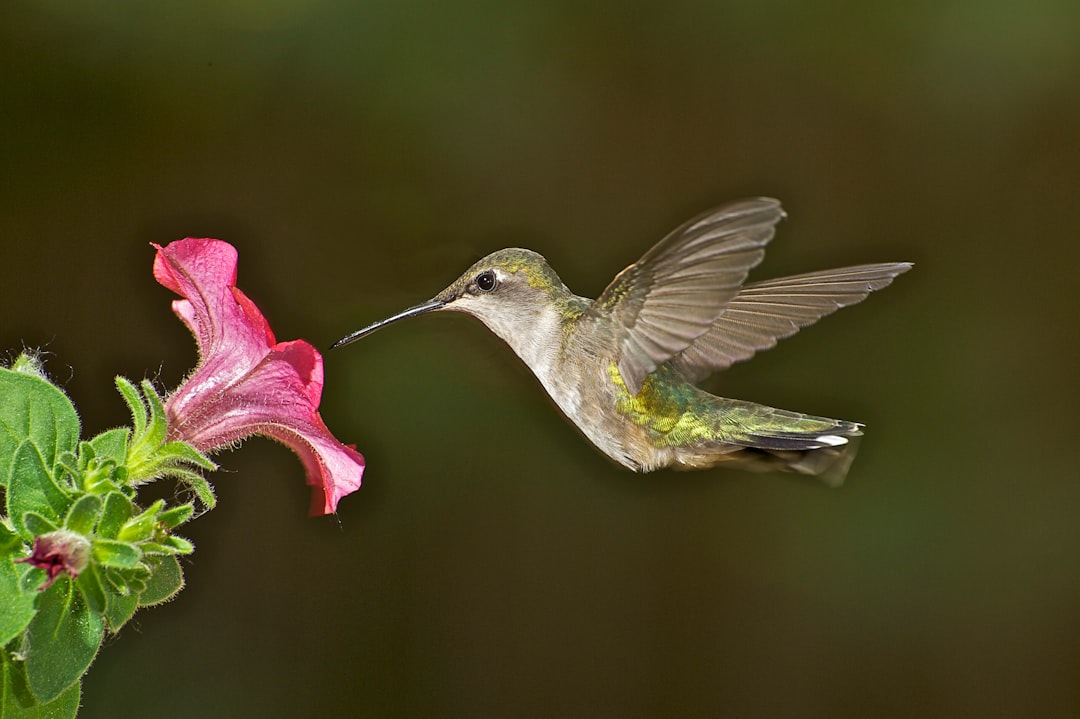Unveiling the Wonders of Microgreens: A Tiny Powerhouse in Your Garden

Microgreens have emerged as a popular and nutritious addition to the world of edible gardening. These little greens are not only easy to grow but also pack a powerful nutritional punch. In this article, we will explore what microgreens are, their benefits, and how you can grow them in your own home, even with limited space.
So, what exactly are microgreens? Microgreens are young vegetable greens that are harvested just after the first true leaves have developed. They are typically smaller than baby greens but larger than sprouts. Microgreens come in a wide variety of flavors, colors, and textures, making them a versatile ingredient in many dishes.
One of the main advantages of microgreens is their high nutritional value. Despite their small size, they are rich in vitamins, minerals, and antioxidants. For example, some microgreens are known to contain higher levels of nutrients than their mature counterparts. They can be a great way to boost your diet with essential vitamins like vitamin C, vitamin K, and folate, as well as minerals such as iron and potassium.
Another benefit of growing microgreens is that they are incredibly easy to cultivate. You don't need a large garden or a lot of equipment to get started. In fact, you can grow microgreens indoors on a windowsill or a small balcony. All you need is a shallow container, some potting soil, and the seeds of your choice. Many common vegetables and herbs can be grown as microgreens, including kale, spinach, arugula, basil, and cilantro.
To start growing microgreens, first, choose a container that has drainage holes. Fill the container with a high - quality potting soil, leaving about half an inch of space at the top. Moisten the soil slightly before sowing the seeds. Sprinkle the seeds evenly over the soil surface, and then cover them with a thin layer of soil. Gently press the soil down to ensure good seed - to - soil contact.
Place the container in a location that receives plenty of indirect sunlight. Microgreens need about 4 - 6 hours of light per day. You can also use a grow light if you don't have enough natural light. Keep the soil moist but not waterlogged. You can mist the soil with a spray bottle to avoid over - watering.
Within a few days, you should start to see the seeds germinate. As the microgreens grow, make sure to keep them in a well - ventilated area to prevent mold and mildew. Once the microgreens have developed their first true leaves, they are ready to be harvested. Use a pair of sharp scissors to cut the microgreens just above the soil level.
Microgreens can be used in a variety of ways in the kitchen. They make a great addition to salads, sandwiches, and smoothies. You can also use them as a garnish for soups, omelets, or any other dish that could use a pop of color and flavor. Their delicate flavor and fresh texture can elevate the taste of any meal.
In addition to their culinary uses, microgreens can also be a fun and educational project for kids. It's a great way to teach them about where food comes from and the importance of healthy eating. You can involve them in the process of planting, watering, and harvesting the microgreens, which can be a rewarding experience for the whole family.
When it comes to choosing the right seeds for growing microgreens, there are many options available. You can purchase microgreen seed mixes that contain a variety of different seeds, or you can choose to grow individual varieties. Some seeds are more suitable for beginners, such as radish and mustard greens, as they germinate quickly and are relatively easy to care for.
It's also important to note that microgreens are best consumed fresh. They don't have a long shelf life, so it's recommended to harvest them as needed. If you do need to store them, place them in a sealed container in the refrigerator. They should stay fresh for a few days.
In conclusion, microgreens are a wonderful addition to any edible garden. They are easy to grow, highly nutritious, and versatile in the kitchen. Whether you have a large garden or just a small space indoors, you can enjoy the benefits of growing and eating these tiny superfoods. So, why not give microgreens a try and add a little green goodness to your life?